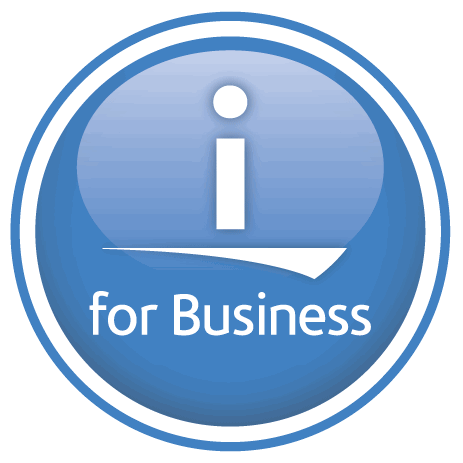IT Jungle just posted my new article on auditing your IBM i software maintenance bills. In this article, I go over basic IBM i software maintenance, gathering the information you need to make sure you’re not paying more than your supposed to, and some things to try when renegotiating maintenance.
Check it out by clicking here.
**************************************************
Follow Joe Hertvik on Twitter @JoeHertvik. You can also add Joe to your professional network on LinkedIn by clicking here.







